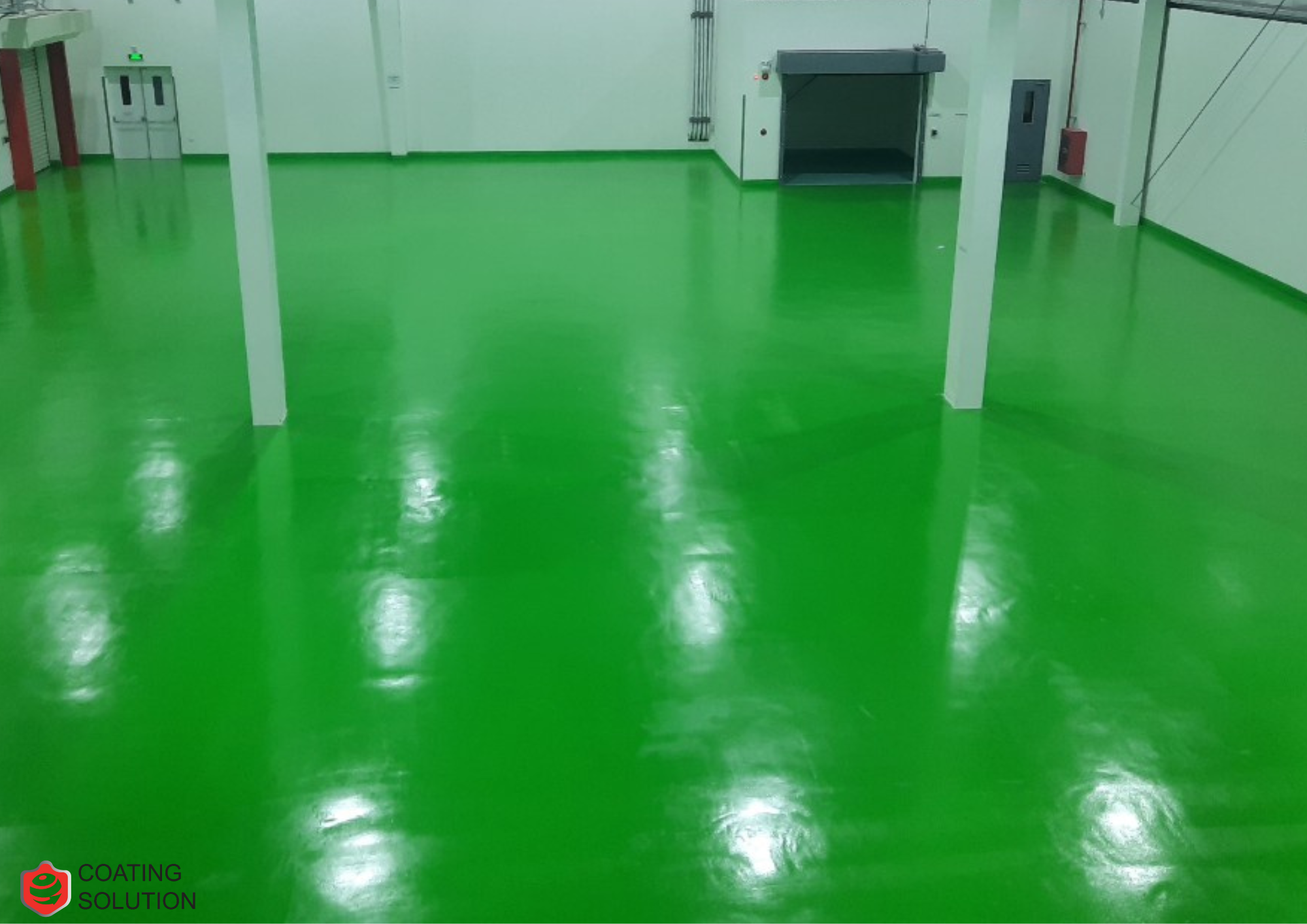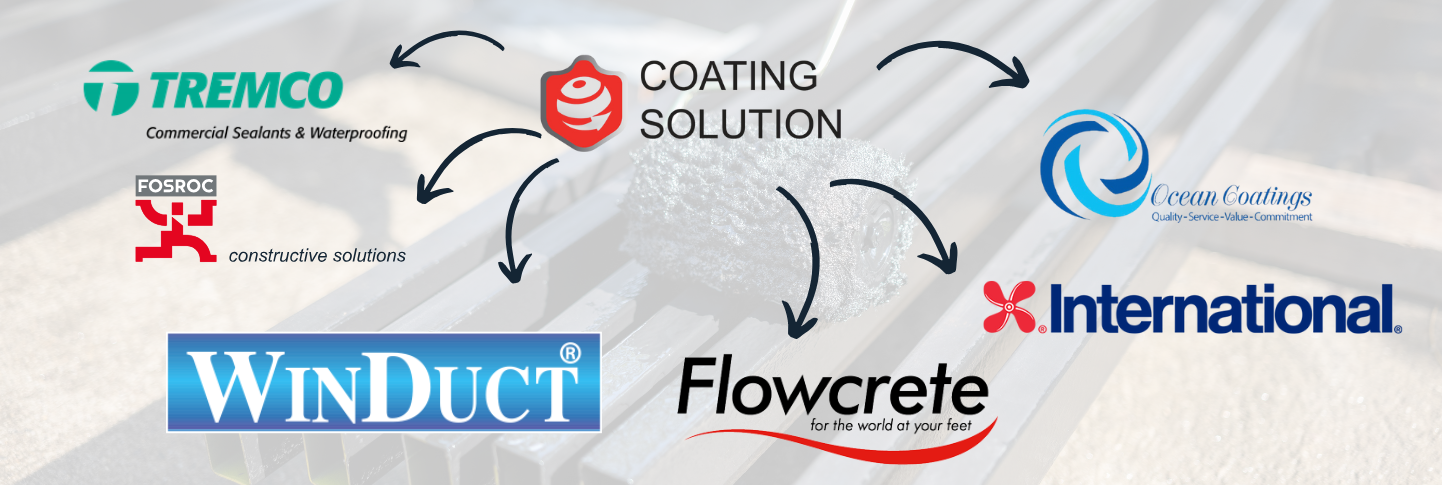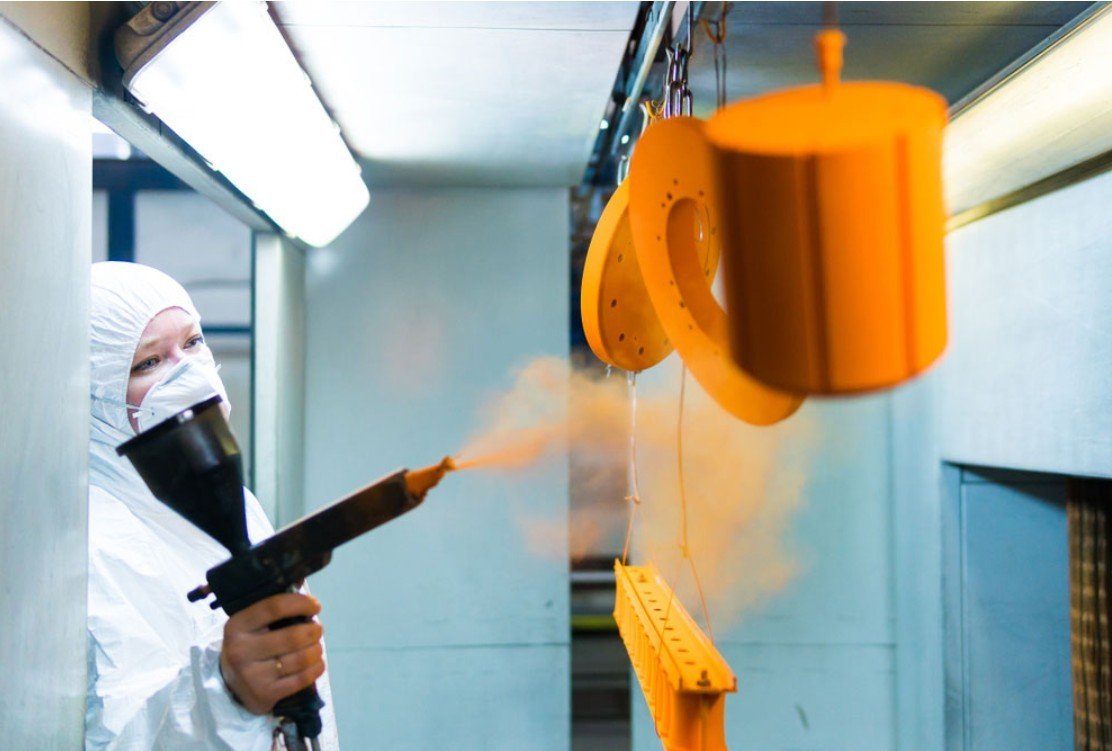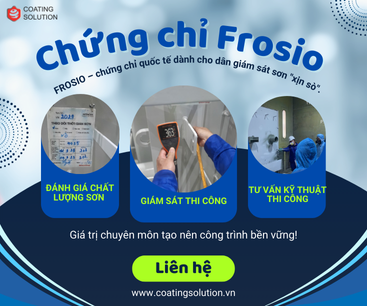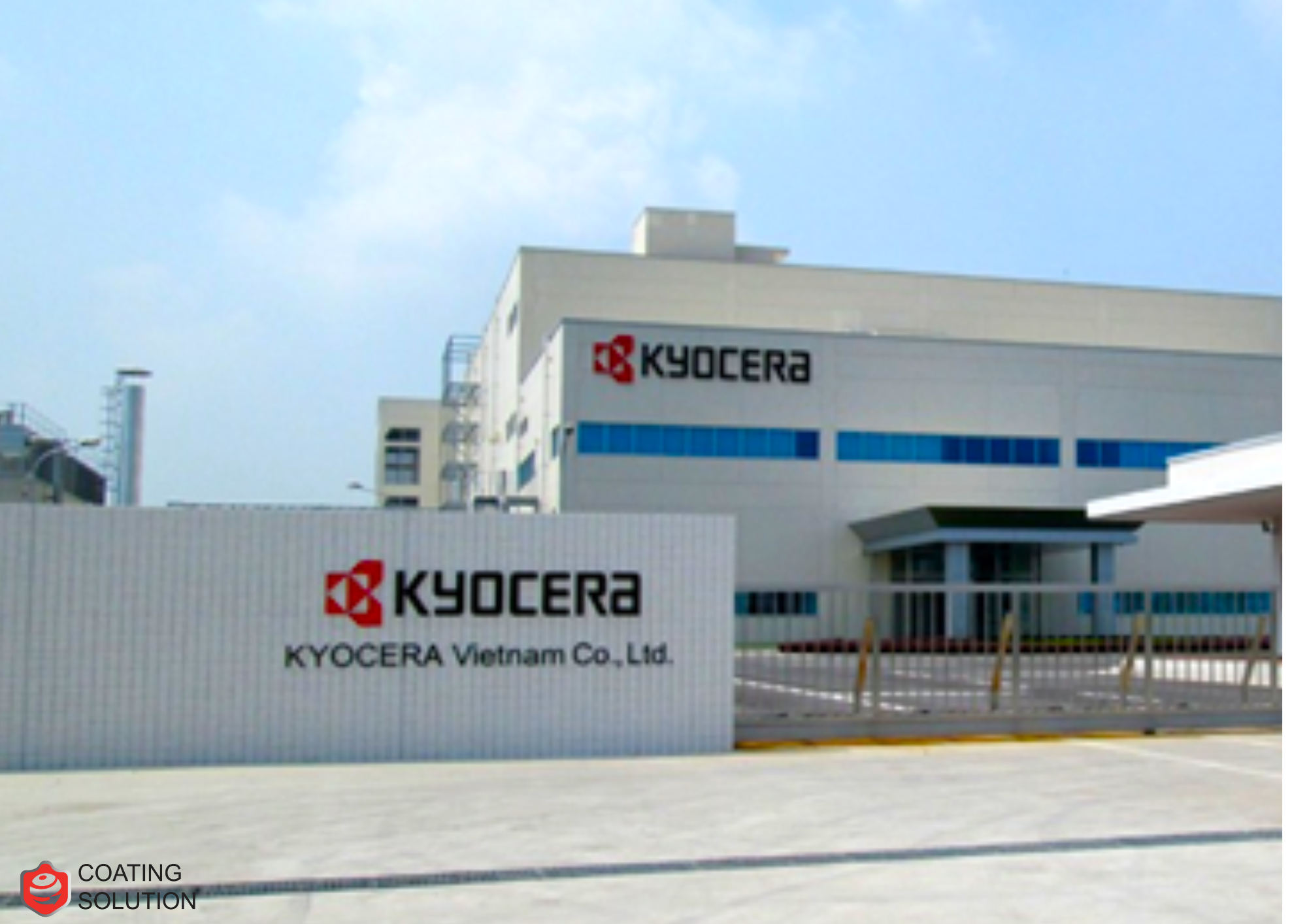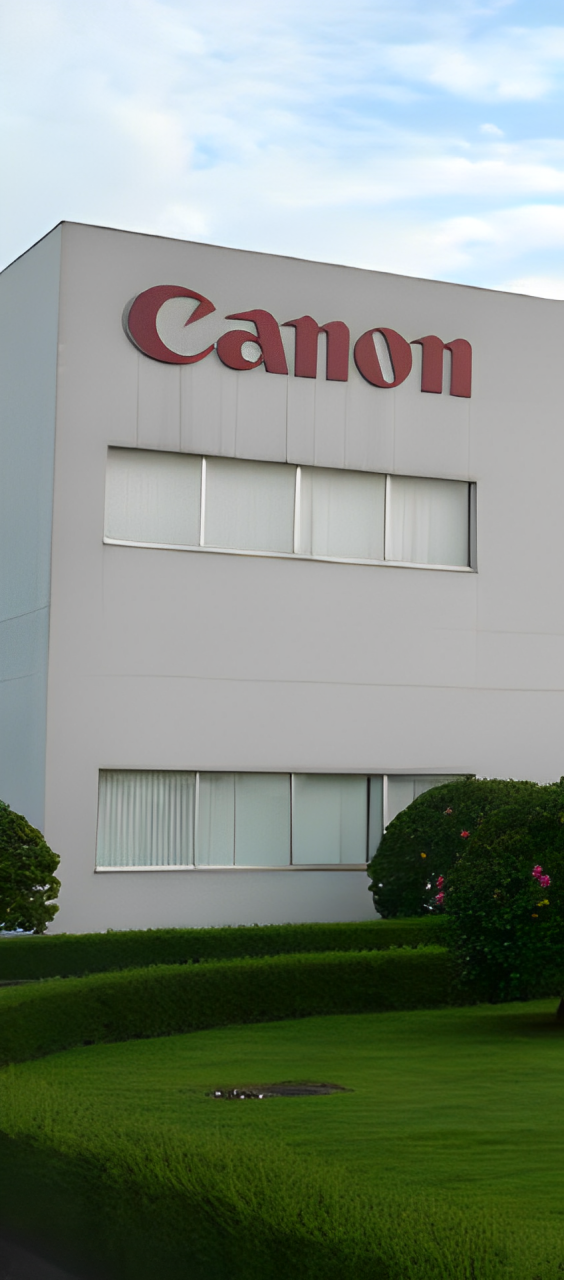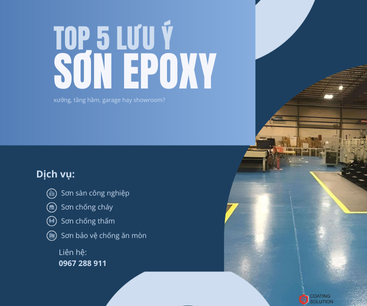Project Paint – Classification, Quality, and Application Process
Project paint is an essential component of construction projects, playing a crucial role in protecting surfaces and enhancing the aesthetic value of buildings. This article provides an in-depth look at the classification of project paints, their quality standards, reference pricing, and the most effective application process.
1. Classification of Project Paint
Based on usage and technical characteristics, project paints are categorized into three main types:
1.1 Flowcrete Floor Coating
Applications: Flowcrete floor coating is commonly used in areas such as industrial factories, hospitals, shopping malls, and warehouses. It creates a smooth, durable surface that is resistant to abrasion and chemicals.
Key Features:
- High durability: Epoxy floor coatings withstand heavy loads, making them ideal for factories, warehouses, and high-traffic areas.
- Chemical resistance: Offers superior resistance to various chemicals, making it particularly suitable for industries such as food processing and chemical manufacturing.
- Aesthetic appeal: Can produce smooth, glossy surfaces with various colors and patterns, catering to interior design and commercial decoration needs.
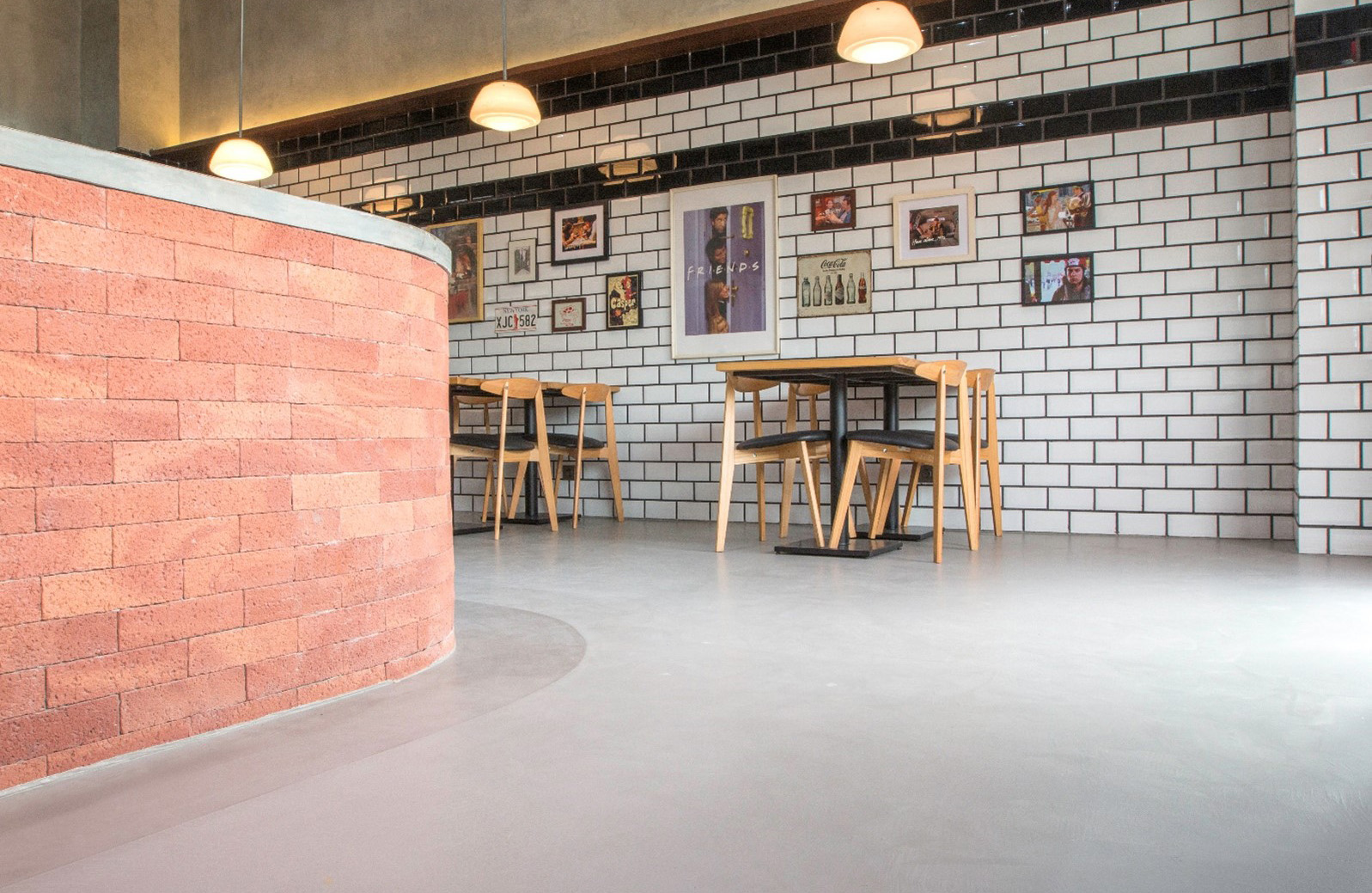
1.2 Wincoat Fire-Resistant Paint
Applications: Wincoat fire-resistant paint is designed to protect steel structures and other building surfaces from fire hazards.
Key Features:
- High fire resistance: Provides up to 120 minutes (2 hours) of fire protection, depending on the thickness of the applied coating.
- Easy application: Can be applied to various surfaces using spray or brush techniques, reducing costs and labor time.
- Certified quality: Tested and certified by international standards such as ASTM and BS EN.
- Aesthetic finish: The coated surface remains smooth and can be further enhanced with decorative layers for improved aesthetics.
1.3 Tremco Waterproof Coating
Applications: Tremco waterproof coating is specifically designed to protect walls, floors, and roofs from water infiltration, making it highly suitable for tropical climates like Vietnam.
Key Features:
- High performance: Highly durable and resistant to wear, making it ideal for both commercial and industrial environments. The Vulkem 360NF/951NF/951NF waterproofing system is widely used for roofing applications.
- Fast application time: Uses PUMA technology, a combination of polyurethane and acrylate, ensuring high durability and resistance to abrasion, water, and chemicals. This technology reduces drying time and facilitates rapid project completion. PUMA is considered an ideal solution for industrial and commercial flooring, extending service life and lowering maintenance costs.
2. Paint Quality
The quality of project paints is determined by several factors:
- Reputable brands: Flowcrete, Wincoat, and Tremco are well-established brands that guarantee product quality.
- International standards: These paints meet certifications such as ISO 9001 and ASTM.
- Ease of application: Designed for straightforward application and maintenance, ensuring long-term effectiveness.
- Technical properties: Excellent resistance to load pressure, fire, water infiltration, and chemicals.
3. Application Process
Applying project paint requires strict adherence to procedures to ensure quality and durability. Below are the fundamental steps:
3.1 Surface Preparation
- Clean the surface thoroughly to remove dust, grease, and contaminants.
- Ensure the surface is dry and even before application.
3.2 Paint Mixing
- Mix the paint according to the manufacturer’s specified ratio.
- Use a mechanical mixer to achieve a uniform blend.
3.3 Paint Application
- Primer layer: Apply a primer to enhance adhesion.
- Intermediate layers: Apply 2–3 coats, depending on the required thickness.
- Topcoat: Apply an additional protective layer if necessary.
3.4 Inspection & Acceptance
- Inspect the coated surface for uniformity and adhesion.
- Measure the paint thickness and approve the application based on industry standards.
4. Conclusion
Selecting the right type of paint and following a proper application process are critical factors in ensuring the durability and quality of construction projects. Flowcrete floor coatings, Wincoat fire-resistant paint, and Tremco waterproof coatings offer specialized solutions tailored to various project needs. For expert advice and support, consult with professional paint specialists to achieve the best results.
